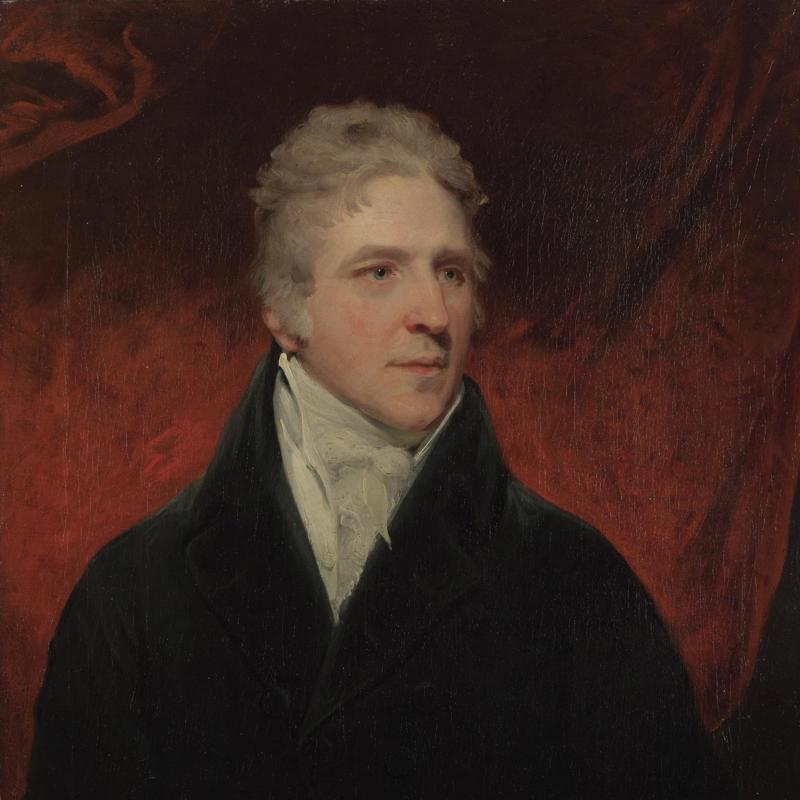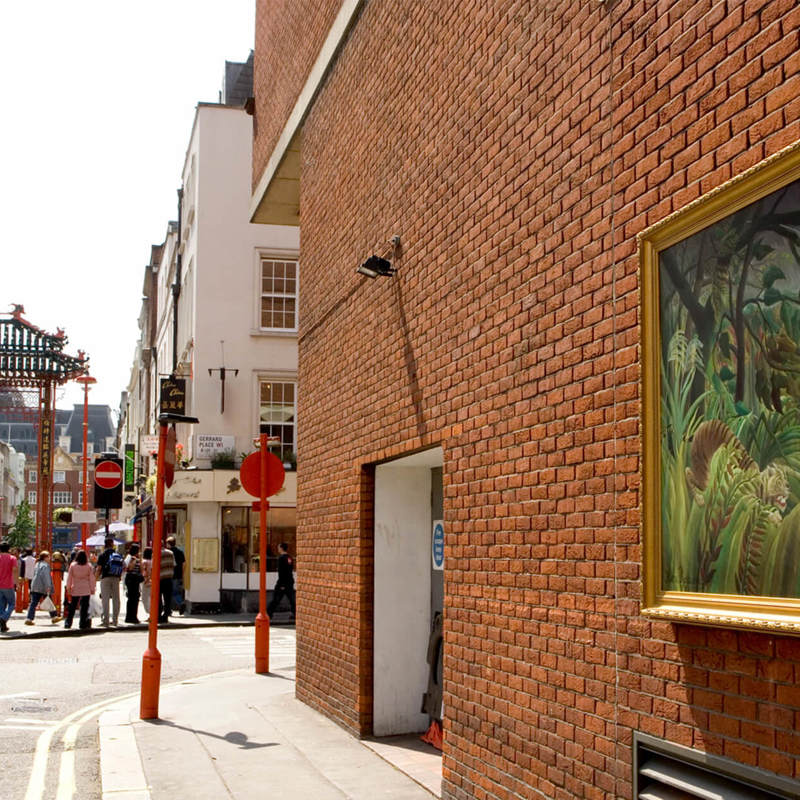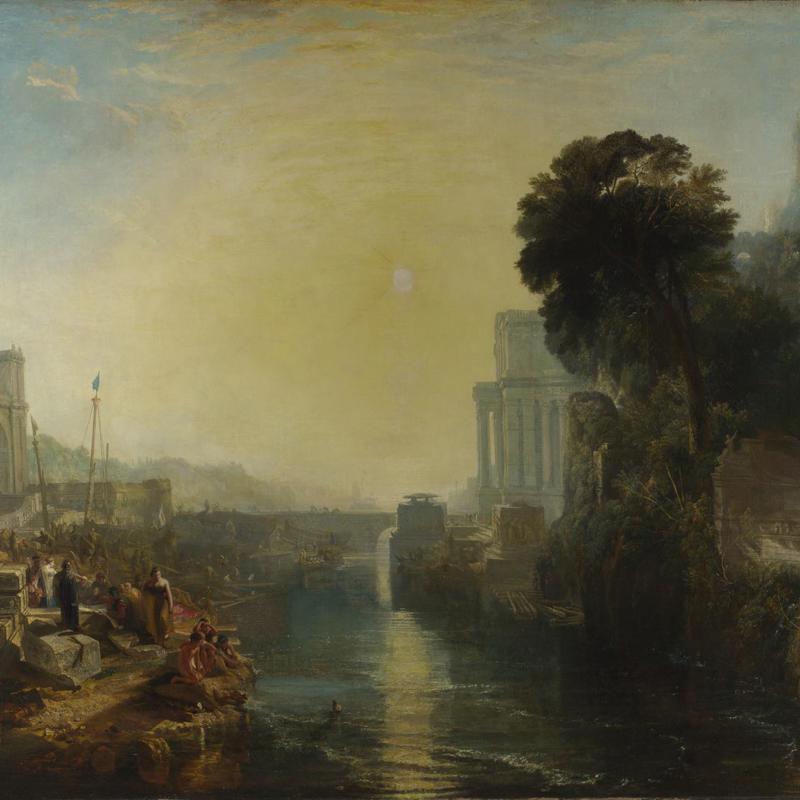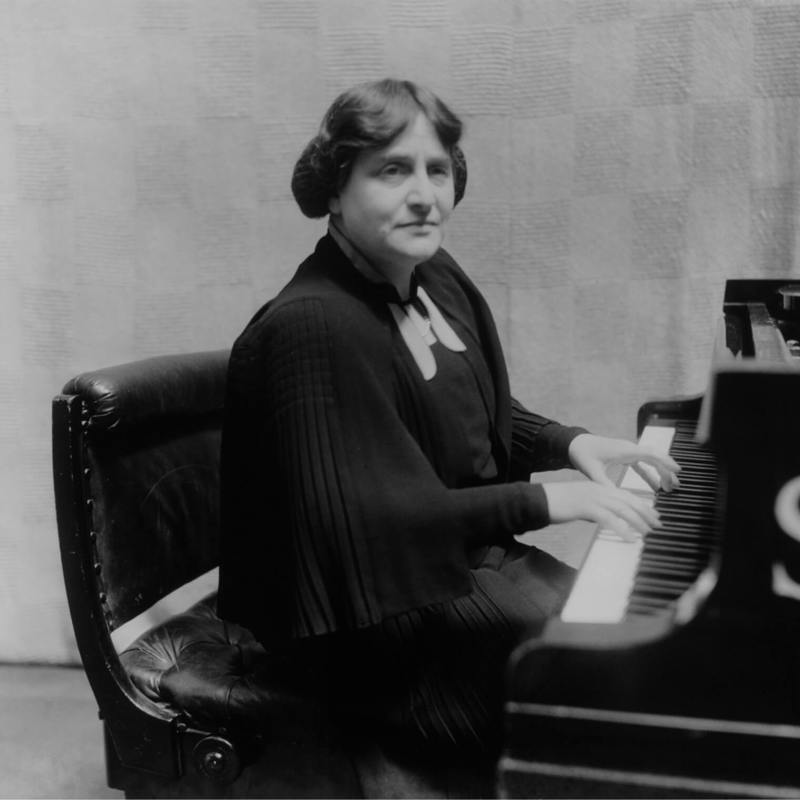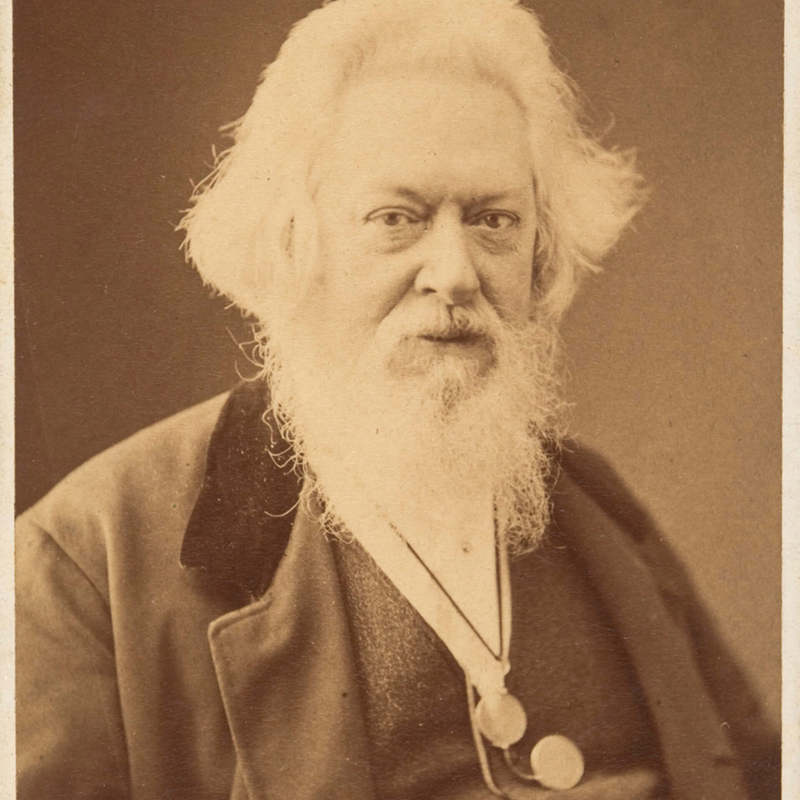Sunday opening hours
How the public helped the National Gallery open seven days a week
Wandering around a gallery is a lovely way to spend a Sunday. But the National Gallery hasn't always been open on both days over the weekend. In the 19th century, a national debate erupted across the country. More people wanted to visit the collection, but many were working on weekdays. Together with certain Gallery staff, the public campaign for Sunday openings began.
Expanding opening hours
The National Gallery opened in 1824. The public could visit free on four days of the week, while two days were dedicated Copyist Days (where artists could come in and copy the paintings). This limited access for many people as they were working during the week.
The Gallery has always been a place for everyone, so we decided to extend our opening hours. At first, staying open later in the evenings for people visiting after work was considered. However, staff thought this was risky.
In a letter from Mr Charles Locke Eastlake in 1894, Keeper of the Gallery at the time, he wrote ‘This Gallery, as you are no doubt aware, is never lighted artificially, and it has always been considered dangerous to allow…dishonest or mischievous persons – to wander through the rooms in darkness when it would be impossible for our curators and the police on duty here to exercise proper supervision’.
The public campaign
In 1857, the Victoria and Albert Museum in London was the first museum in the world to introduce gas lighting in its galleries. However, the National Gallery held off using artificial lighting until 1935, when it was sure that the new technology would not cause any damage to the paintings. An alternative idea was needed to keep the Gallery open for longer. What about opening on Sundays? Fewer visitors would be at work and paintings could be viewed clearly in daylight.
The Sunday opening of museums and galleries became the focus of a national debate in the 19th century. Organised groups, such as the Sunday Society and the National Sunday League, started campaigns for Sunday openings. On the other side of the debate, there were those who believed Sunday should be kept as a day for going to church, including the Lord’s Day Observance Society.
Sunday success
By 1896, Parliament declared that the National Gallery, along with the British Museum, could open on Sundays. As it was still a weekend, it was decided that doors would open from 2pm onwards. Curators and porters were asked to work on rotation (and paid extra) to cover the new hours.
Thanks to the public campaign and staff, people have been able to visit the Gallery seven days a week ever since. Today, the Gallery is open every day from 10am to 6pm, with doors shutting later at 9pm on Fridays. These Friday Lates events allow you to experience the Gallery, if not by gaslight, at least in an atmospheric evening setting.





